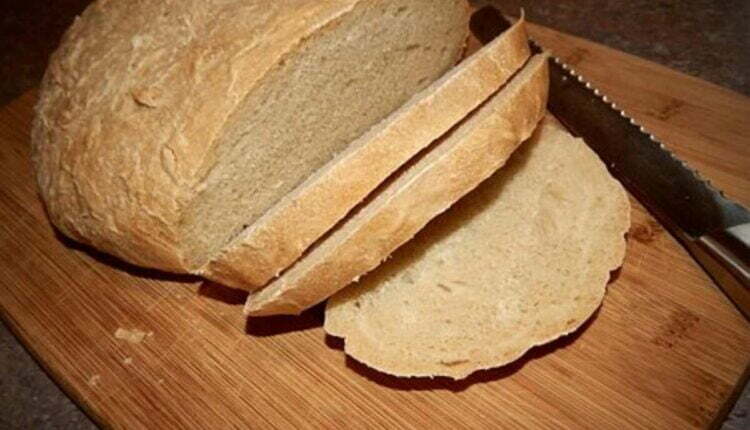Sourdough is a type of bread that ferments dough with yeast and wild lactobacilli. The fermentation of the dough results in the development of lactic acid, which helps to keep the bread fresher for longer. It also imparts a sour taste to the bread.
Starter
A sourdough starter is a mixture of wild yeast and lactobacilli that will help you make great bread. The process is straightforward. You will need two essential items – flour and water – and a little time.
Sourdough starters should be kept at 70-85 degrees Fahrenheit. This will speed up the fermentation process. They can also be frozen for later use.
The starter can be fed one-two times a day. You will need to stir the mixture vigorously to incorporate plenty of air. To measure the growth of your starter, you can use a rubber band.
For more accurate measurements, you can weigh out the mixture. It is a good idea to mark the level of the mix after each feeding.
Another trick is to measure the number of bubbles in the starter. Bubbles are not always visible but are a sign of fermenting organisms.
You can also measure the volume of your starter by using masking tape. Make sure to mark the video, so you know how much to feed next time.
Shape up the loaves
Sourdough loaves are a beautiful thing when they are shaped correctly. This is because they have a very flat surface, and this flat surface helps them retain their shape during baking.
When shaping a sourdough loaf, there are two basic shapes to choose from. The first is a long, thin tubular loaf known as a baguette. Another shape is a thicker loaf known as a bastard.
These shapes are made by rolling out a dough ball into a round, rectangular, or oval shape. If you’re starting, the easiest way to shape a loaf is by using a loaf pan. A loaf pan allows for a lower baking temperature, which is particularly useful for summer baking.
For a more elaborate shape, you can use a bread-proofing basket. These are made of rattan or wicker and can be used to keep the form of a sourdough boule. Alternatively, you can use a large mixing bowl or a colander.
Proofing baskets
A sourdough-proofing basket is a valuable tool for sourdough bread making. They provide the perfect shape to the bread dough, improving its texture and appearance.
Bread-proofing baskets come in different sizes and materials. Some are made of wicker, while others are made of cane. While wicker is the most common material, it can be tricky to clean.
To get the most out of your sourdough-proofing basket, you should buy one that’s the right size for the amount of dough you make. It’s also essential to pick a basket that has a round shape. This will help you create a spiral pattern in your bread when it comes out of the oven.
You should also keep the basket dry and avoid storing it in a plastic bag. These can cause mold to form. If you have to hold your sourdough-proofing basket in a bag, use a lint-free kitchen towel or linen liner.
Storage
Sourdough is an ancient cereal fermentation technique. It has been shown to improve the shelf life of bread. However, many factors affect the microbial quality and rheological properties of sourdough.
Acidity is an essential factor for sourdough. In addition, it also inhibits the growth of spoilage organisms. As such, it is essential to choose a storage temperature that will not encourage the deterioration of the bread. The best temperature for storing sourdough is 19degC.
Another essential factor to consider is the moisture content of the bread. Moisture retention in bread is correlated to the bread’s shelf life length. Bread stored at higher temperatures will have higher moisture loss. This can increase the hardness of the bread over time.
Packaging materials also affect microbial quality. For example, they influence the ratio of lactic acid bacteria (LAB) populations and alcoholic yeasts. LAB and alcoholic yeasts are known to contribute positively to the volume and texture of sourdough.

